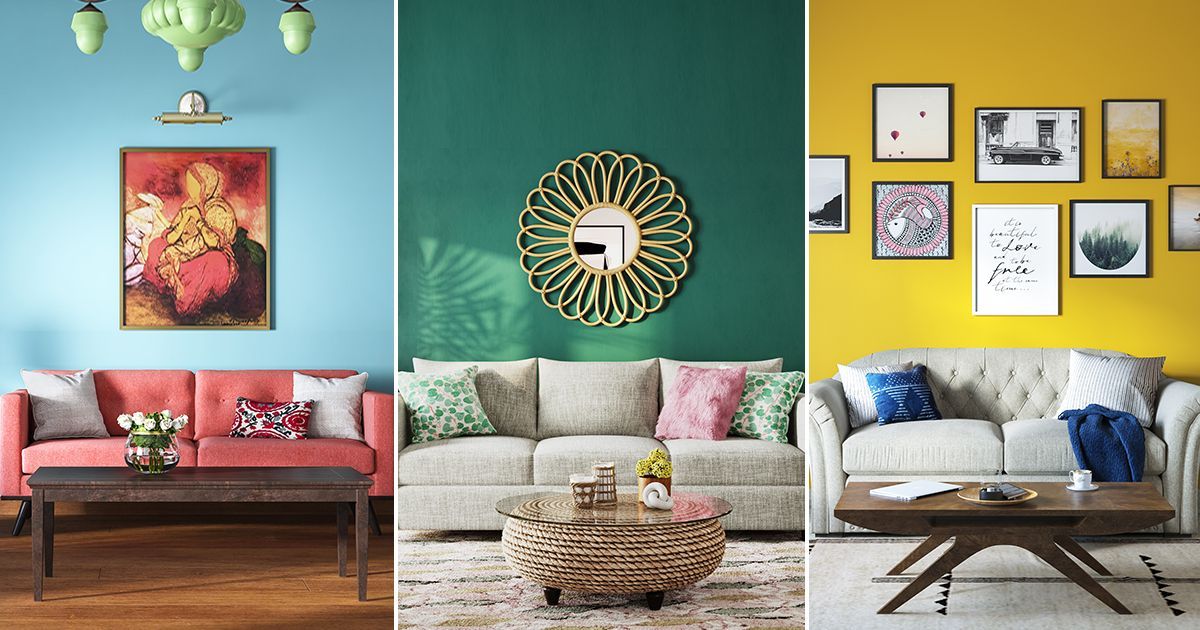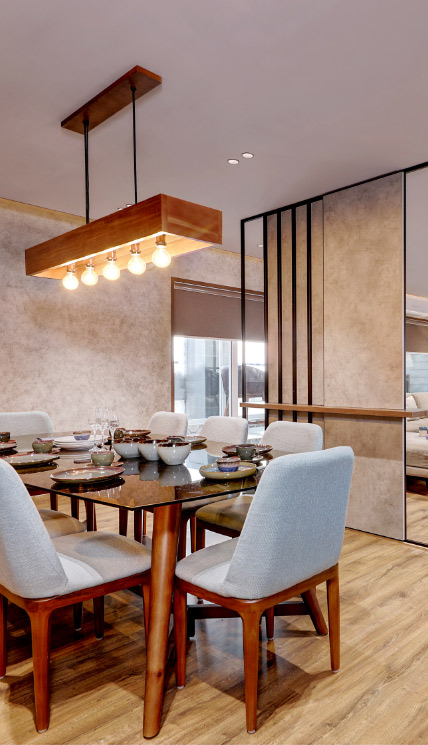Find top miami interior design professionals for customized luxury spaces.
Wiki Article
Change Your Home With Crucial Principles of Inside Style and Appearances
By understanding the influence of shade theory and the significance of texture and patterns, one can develop areas that are not just visually enticing however also deeply individual. Attaining this stability includes more than plain design; it encompasses a tactical setup and an eager understanding of how each component engages within a space.Recognizing Color Theory
Shade theory is a basic element of interior style that substantially influences state of mind, perception, and total aesthetic. Recognizing the concepts of shade theory enables designers to produce rooms that resonate emotionally with owners while fulfilling useful requirements (Architecture Firm). Colors can be classified into 3 primary types: key, secondary, and tertiary. Each classification plays a critical duty in establishing harmony within a room.The emotional influence of colors is profound; warm colors such as reds and oranges evoke energy and heat, while cool tones like blues and greens promote peace and harmony. The use of complementary colors boosts aesthetic interest, creating striking contrasts that can elevate an area's appeal.
Neutral colors, on the other hand, serve as a flexible backdrop, enabling other design components to shine. It is important to think about elements such as illumination and the space's objective when choosing a shade combination, as these can change the understanding of colors throughout the day.
Eventually, a well-considered shade plan can transform a space, fostering a feeling of convenience and design that lines up with the citizens' choices. Mastery of color concept is, consequently, a vital ability for any type of interior designer intending to produce harmonious and inviting settings.
Attaining Balance in Design
How can developers accomplish a feeling of stability in their areas? Attaining equilibrium in layout is essential to creating unified insides. Designers can utilize three main kinds of equilibrium: in proportion, asymmetrical, and radial. Symmetrical equilibrium includes setting up elements equally around a central point, cultivating a feeling of order and harmony. This type often features pairs of furnishings or artwork, enhancing visual stability.Asymmetrical balance, on the various other hand, depends on varying aspects that still attain a natural appearance. This approach allows for even more vibrant and informal setups, offering interest while keeping balance. By thoroughly choosing differing dimensions, colors, and textures, designers can produce an aesthetically compelling space that really feels balanced yet energetic.
Radial equilibrium emphasizes a main focal factor with aspects radiating outward. This style is frequently seen in circular layouts, where furnishings and decoration develop a cohesive surround that attracts the eye internal.
Inevitably, attaining balance needs thoughtful factor to consider of scale, percentage, and the relationships between aspects. Architecture Firm. By skillfully using these balance principles, developers can transform areas right into settings that feel both aesthetically pleasing and functionally unified, enhancing the total experience for passengers
Relevance of Spatial Awareness

An eager feeling of spatial review recognition enables developers to recognize focal points within a space, directing the visitor's interest to crucial attributes while keeping a total sense of unity. It also aids in the calculated positioning of illumination, which can drastically influence the understanding of area and mood. Furthermore, understanding spatial relationships enables the designer to deal with the certain demands of citizens, guaranteeing that each area serves its desired purpose without compromising looks.
Inevitably, spatial understanding is important for making best use of the potential visit this site of any type of interior space. By thoroughly considering the interaction in between measurements, design, and function, developers can produce atmospheres that not only fulfill useful needs yet additionally stimulate a sense of convenience and charm, boosting the general living experience.
Incorporating Structure and Patterns
Welcoming a varied variety of appearances and patterns can significantly boost the visual and responsive charm of an indoor area. The strategic usage of various materials-- such as timber, steel, fabric, and rock-- develops depth and rate of interest, making a space really feel extra welcoming and dynamic. As an example, integrating smooth surface areas with rough textures can develop a balance that attracts the eye and involves the senses.When including patterns, consider both range and repeating. Huge patterns can work as prime focus, while smaller sized, refined layouts can enhance various other elements without overwhelming the area. Layering patterns, such as pairing flower paddings look what i found with striped throws, adds intricacy and a feeling of harmony if carried out attentively.
It is also essential to preserve a cohesive color palette, guaranteeing that structures and patterns work with each other instead than contend for interest. By selecting a few key textures and patterns, you can develop a combined visual that reflects your personal style while improving the total setting of the room. Ultimately, the mindful incorporation of these components can transform an ordinary room right into an advanced environment abundant with character and warmth.
Personalizing Your Room
Developing an area that reflects your individuality is essential to attaining a genuinely inviting setting. Personalization in interior layout allows you to infuse your distinct design and rate of interests into your home, changing it from a mere sanctuary into a refuge that speaks with who you are. Begin by choosing a color scheme that resonates with your feelings-- bold hues can invigorate, while soft tones provide peace.Integrate art work and decoration that mirror your interests, whether it be travel, nature, or abstract principles. Displaying individual collections, such as books, photos, or keepsakes, can evoke valued memories and produce centerpieces within a room. Furthermore, consider personalizing useful pieces, like upholstered furniture, to straighten with your aesthetic preferences.

Conclusion
To conclude, the change of a home with the essential principles of indoor design and appearance necessitates an extensive understanding of shade concept, equilibrium, spatial awareness, texture, and customization. Each element adds dramatically to creating a harmonious and functional living atmosphere - miami luxury interior design. By attentively incorporating these concepts, people can boost the aesthetic allure and psychological vibration of their areas, inevitably cultivating a home that mirrors one-of-a-kind identities while giving convenience and usefulnessReport this wiki page